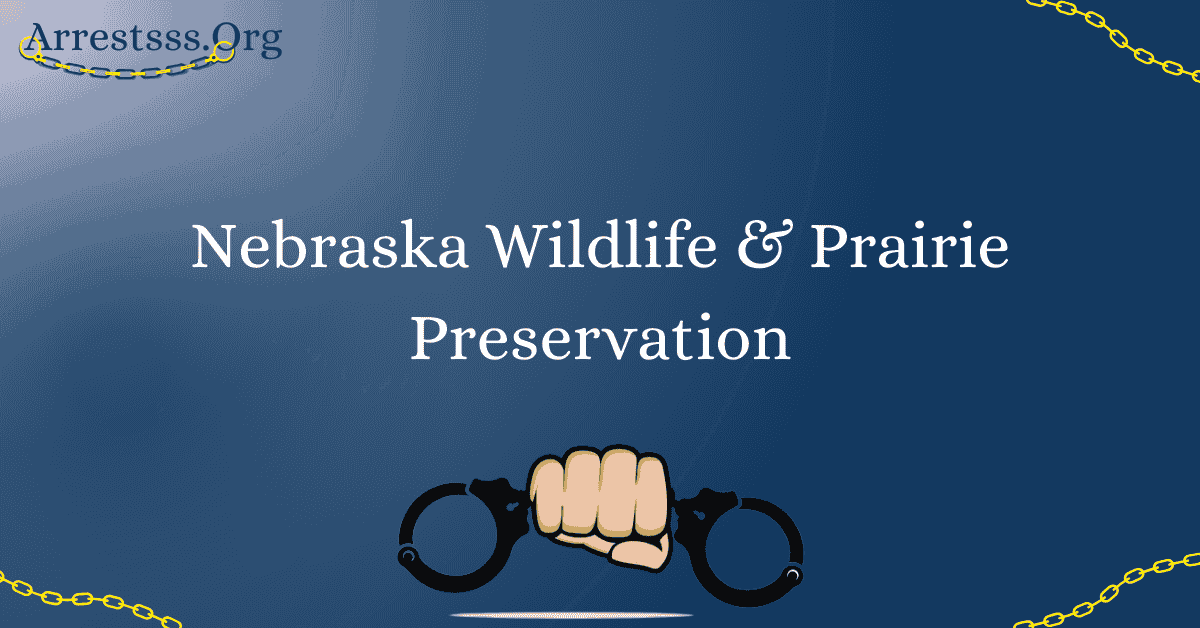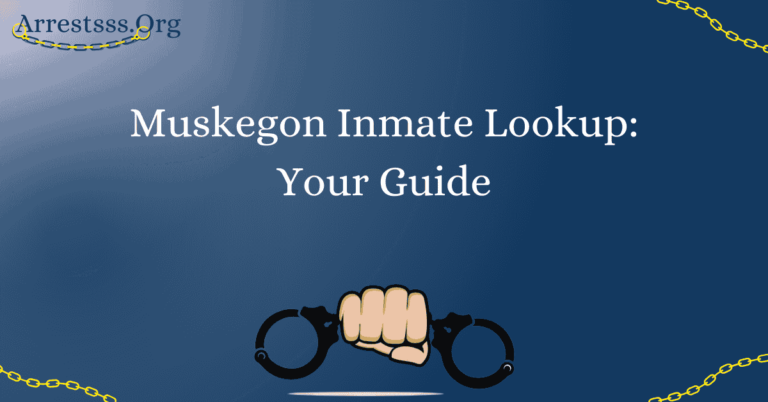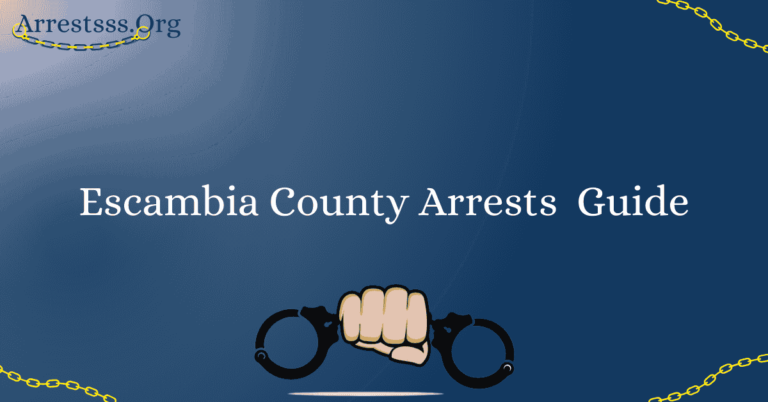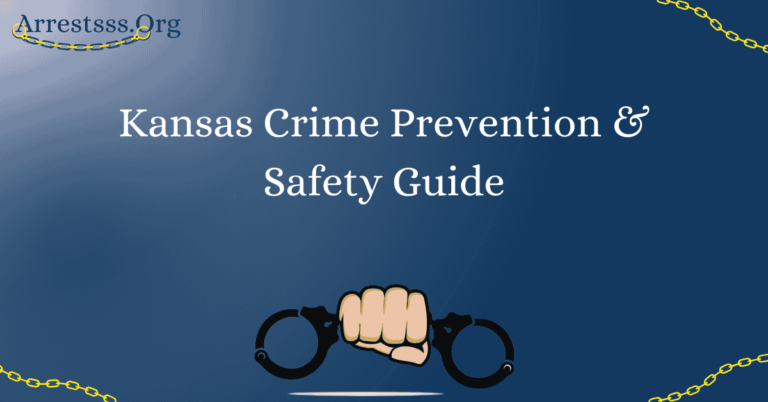Nebraska Wildlife & Prairie Preservation

Nebraska’s breathtaking natural landscapes house an array of unique wildlife and ecosystems. This article explores the intricate tapestry of Nebraska’s prairies while shedding light on the critical need for conservation efforts, emphasizing “Nebraska wildlife” and “conservation.”
Before we embark on our journey through the Nebraska prairies and their wildlife, let’s take a moment to appreciate the significance of preserving these remarkable ecosystems. From the iconic tallgrass prairies to the meandering rivers and wetlands, Nebraska’s natural beauty beckons us to explore, protect, and cherish its natural wonders.
Discovering Nebraska’s Diverse Ecosystems
The Tallgrass Prairie
Nebraska’s vast tallgrass prairies, once a dominant feature of the Great Plains, are now a diminishing but vital habitat. These native grasses and wildflowers serve as essential homes and sustenance for a wide range of wildlife.
Riverine Habitats
Nebraska’s rivers, including the Platte, play a vital role in the migration of birds, serving as crucial stopover points. The intricate web of riverine habitats supports diverse aquatic and terrestrial life.
Wetlands and Marshes
Wetlands and marshes in Nebraska are essential for maintaining ecological balance. These areas are havens for aquatic species and play a pivotal role in flood control and water purification.
The Imperative of Conservation
Biodiversity Preservation
Conservation efforts in Nebraska are anchored in preserving the state’s rich biodiversity. Maintaining healthy populations of native species ensures the functioning of ecosystems.
Balancing Human Needs and Wildlife Habitat
In Nebraska, balancing the needs of a thriving agricultural sector with wildlife habitat preservation is a delicate task. Sustainable land management practices are vital to achieving this balance.
Conservation Initiatives and Organizations
Numerous organizations and initiatives are dedicated to safeguarding Nebraska’s natural heritage. Their work includes advocating for sustainable practices and habitat restoration.
Addressing Challenges for a Sustainable Future
Habitat Fragmentation
Urbanization and agricultural expansion have led to habitat fragmentation. Creating wildlife corridors and restoring habitats are essential strategies to combat this challenge.
Invasive Species
Invasive species pose a threat to native flora and fauna. Nebraskan communities actively engage in managing these invasive species to protect their natural ecosystems.
Community Involvement
The heart of conservation in Nebraska lies in the active participation of communities. Local initiatives, clean-up efforts, and educational programs contribute significantly to preserving the prairies.
Sustaining Nebraska’s Natural Beauty
The path forward in preserving Nebraska’s prairies and wildlife entails long-term conservation strategies. These strategies include land preservation, sustainable agriculture, educational outreach to foster environmental responsibility, and continuous research and monitoring to adapt and evolve conservation tactics. Sustainability is not just a buzzword in Nebraska; it’s a way of life, ensuring the enduring beauty of the prairies for generations to come.
FAQ’s
What are some unique Nebraska wildlife species?
Nebraska boasts unique wildlife, including the sandhill crane, pronghorn antelope, and regal fritillary butterfly, all thriving in the state’s diverse habitats.
How can individuals contribute to Nebraska’s prairie conservation?
Individuals can contribute by supporting local conservation organizations, practicing responsible outdoor recreation, and participating in community cleanup and habitat restoration projects.
Are there ecotourism opportunities in Nebraska?
Absolutely! Nebraska offers ecotourism opportunities like bird-watching along the Platte River during the sandhill crane migration and exploring state parks to witness its diverse wildlife.
Why is preserving Nebraska’s wildlife and prairies important?
Preserving Nebraska’s wildlife and prairies is crucial for several reasons:
- Biodiversity Conservation: Nebraska’s prairies are home to a diverse range of plant and animal species, many of which are threatened or endangered. By preserving these ecosystems, we can protect the unique biodiversity of the region, ensuring the survival of rare and native species.
- Ecosystem Services: Prairie ecosystems provide essential ecosystem services, such as water purification, carbon sequestration, and soil health maintenance. Preserving these natural areas helps maintain the quality of our environment and sustains the services that benefit both wildlife and humans.
- Cultural and Historical Significance: The prairies hold significant cultural and historical value, as they are deeply rooted in Nebraska’s heritage. They are a source of inspiration, recreational opportunities, and education, contributing to a sense of identity and connection to the land for Nebraskans.
- Climate Change Mitigation: Healthy prairies play a role in mitigating climate change by storing carbon in their soils. Preserving them helps combat the effects of climate change by reducing greenhouse gas emissions and enhancing resilience to extreme weather events.
How can I get involved in wildlife and prairie preservation efforts in Nebraska?
Getting involved in wildlife and prairie preservation efforts in Nebraska is both rewarding and essential for the well-being of the state’s natural environment. Here are some ways you can participate:
- Volunteer: Many organizations and government agencies in Nebraska organize volunteer opportunities for individuals interested in conservation. You can participate in habitat restoration, wildlife monitoring, and educational programs.
- Support Conservation Organizations: Donate to or become a member of conservation organizations like the Nebraska Wildlife Federation, The Nature Conservancy, or local land trusts. Your support helps fund important preservation initiatives.
- Educate Yourself and Others: Learn about Nebraska’s native wildlife and prairies and share your knowledge with friends and family. Raising awareness about the importance of preservation is a crucial step in protecting these valuable ecosystems.
- Advocate for Conservation: Stay informed about relevant legislation and advocate for policies that prioritize wildlife and prairie preservation. Contact your local representatives and voice your concerns about conservation issues.
- Plant Native Species: If you have a garden or landscaping project, consider planting native Nebraska species. This helps create wildlife-friendly habitats and supports local biodiversity.
- Visit and Respect Natural Areas: When visiting Nebraska’s natural areas, follow Leave No Trace principles to minimize your impact. Stay on designated trails, avoid littering, and respect wildlife and their habitats.
- Participate in Citizen Science: Join citizen science programs that collect data on Nebraska’s wildlife and ecosystems. Your observations can contribute to valuable research and conservation efforts.
By taking these steps, you can actively contribute to the preservation of Nebraska’s wildlife and prairies, ensuring they remain a vital part of the state’s natural heritage for future generations.






